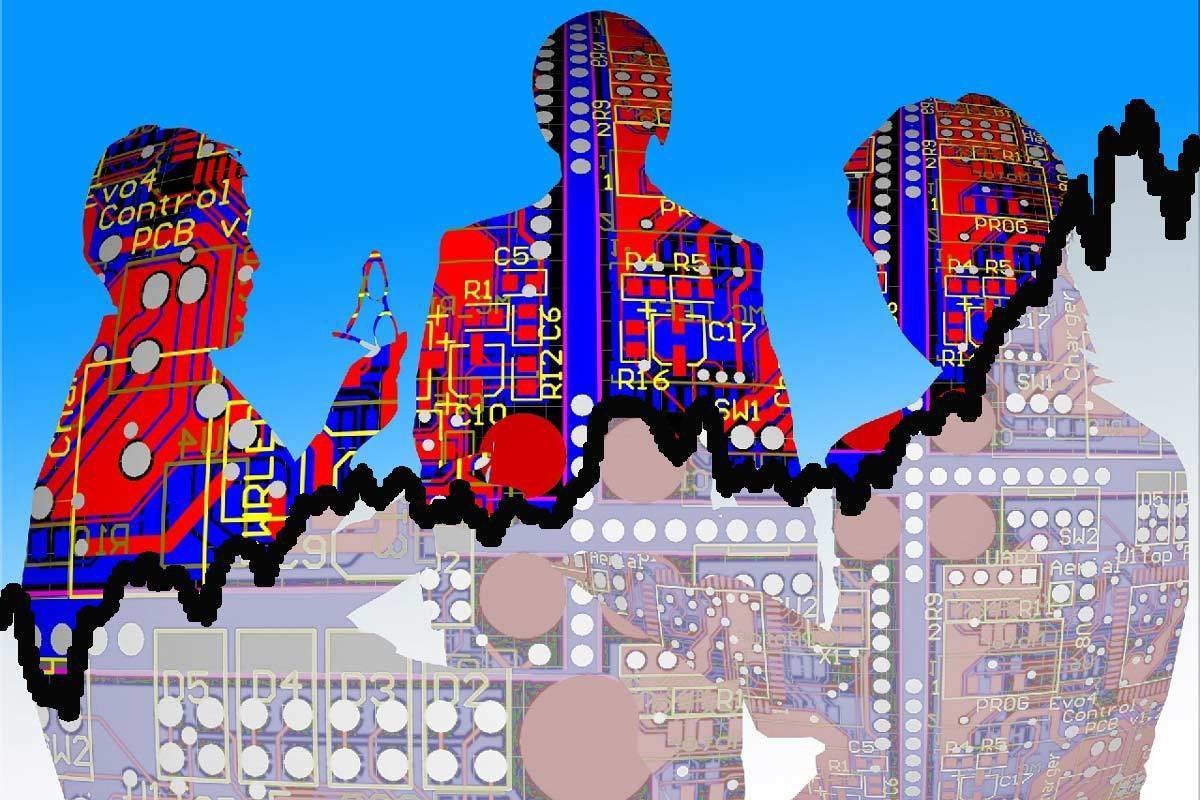Each successive instance of data compromises (and their escalating repercussions) is a veritable case study for the necessity of security analytics. With increasing regulations and new security threats amassing daily, the deployment of user behavior analytics may well become the most viable tool for protecting enterprise data.
In fact, security analytics is one of the more cogent drivers for the continuation of a centralized architecture in today’s heterogeneous data ecosystem. By aggregating analytics of user behavior from multiple endpoints—on premises, in the cloud, or even at the cloud’s edge—in a centralized location, organizations leverage big data’s scale to identify patterns of concern over countless nodes.
The advantages of security analytics exponentially increase with the deployment of Artificial Intelligence Knowledge graphs, which use advanced machine learning techniques for a bevy of boons. The overarching graph framework is ideal for centralizing the many different forms of knowledge related to security issues, which may include data about emerging threats, actual instances of breach, or anything even remotely related to data compromises.
Even better, these repositories store data about such factors as they apply to the enterprise and to external entities, so organizations can reap lessons learned from the more prominent breaches of our times. Their smart data approach is designed to discern relationships between data for specific functions (such as security concerns), while enriching them with AI enables prescriptive capabilities for mitigating vulnerabilities, threats, and breaches—before they occur.
Whence this knowledge comes
The knowledge graph framework connects data on a semantic graph with a linked data approach ideal for synthesizing and detecting relationships in even disparate data. By standardizing data with uniform models, taxonomies, and classifications, organizations can align data of immensely different structures, sources, and formats to determine how they relate to a predefined objective.
For security, organizations could compile the security clearances and access control privileges of employees to account for internal vulnerabilities and exfiltration factors. These data can be aligned with those of customer facing applications for real-time behavioral monitoring of such systems. Additionally, any previous security issues related to specific malware or fishing attacks, as well as successful or unsuccessful hacking attempts, can be compiled in this graph. The objective is to link together all data pertaining to security to aggregate, then analyze, the potential for misbehavior.
External sources
The greater value comes from incorporating knowledge external to the enterprise for profound insights. Good examples of external sources include aggregating journals or news stories related to contemporary concerns, such as Spectre and Meltdown, with data about how these threats could impact an organization’s specific security model. Other sources could include media coverage of notorious breaches such as those impacting Uber or GOP voting information. Assembling all of this data on a knowledge graph is the first step to profiting from it via reinforced security measures.
Predictive prescriptions
Machine learning algorithms, both those involving advanced neural networks and more traditional machine learning techniques, can rapidly denote specific threats and vulnerabilities. For low-latency concerns related to malicious or suspicious behavior, it’s usually sufficient to simply aggregate data in a centralized location, delineate specific behavior patterns, and then investigate aberrations as they occur.
However, even greater value is gained from using AI capabilities to continually update security measures by monitoring one’s entire security model with predictive analytics. Doing so enables organizations to apply the knowledge gleaned from emerging threats or regulatory mandates (such as the European Union’s General Data Protection Regulation) to their own security and governance procedures—which is why it’s essential to add data from current events to these graphs.
At any point in time, organizations can utilize AI to gain a composite view of the security matters most relevant to their data protection methods. Moreover, they are able to prepare for upcoming issues via the predictive capacity of AI. Finally, they can ascertain how to prepare for and lessen the impact of any identified security concerns with the prescriptive analytics AI facilitates, thereby attaining viable solutions to issues prior to their existence.
A mainstay for security
AI knowledge graphs considerably augment the protection afforded by security analytics. These repositories make ideal stores for collecting the various sources of knowledge that can inform enterprise security procedures. They account for big data’s scale and incorporate data of all types alongside one another. They are specifically designed to pinpoint relationships and patterns related to the security issues most pertinent to a particular organization.
The addition of AI’s machine learning potential leverages these advantages in both predictive and prescriptive capacities. Also, organizations can ensure the knowledge they contain is safely guarded from exfiltration or infiltration with the triple attribute security paradigm, which bestows an additional layer of protection at the data layer to shield this knowledge from unauthorized use.






